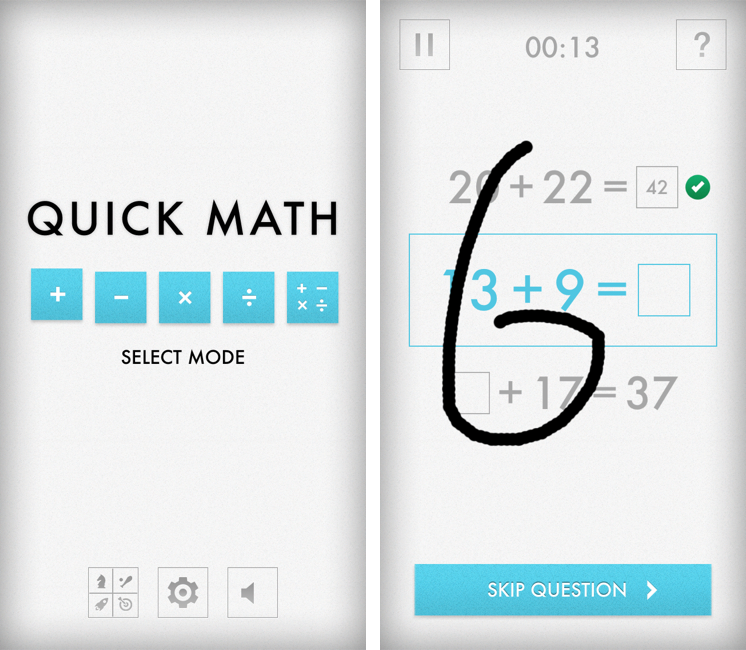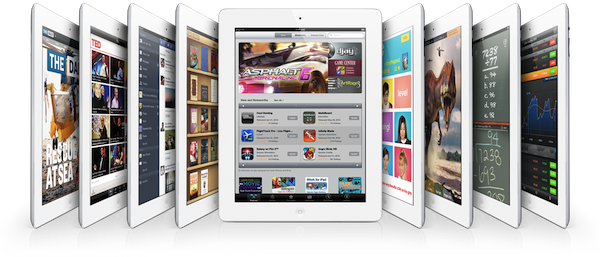For the past years, Apple has been showcasing the educational advantages of devices like Macs, iPhones and iPods on its Apple in Education website. Since the introduction of the iPad in 2010, however, the company has been making an effort to position the device as the best tool now available to teachers and students to improve the quality of education and level of engagement. The dedicated iPad in Education webpage showcases recent moves by Apple such as iBooks Textbooks and the iTunes U iOS app.
While we have covered schools and educational institutions adopting iPads in the past, the latest profile posted by Apple today on their UK website is quite possibly the best example of iPad in education to date. Those of you who have been following the progress of iPad deployment in schools may remember Fraser Speirs’ iPad Project, which made headlines throughout 2011 as it was the first one-to-one iPad deployment to every people in a school. Speirs documented the process of giving an iPad to every teacher and student at Cedars School of Excellence (Scotland) on his personal website, and today Apple has posted a video profile showing how “Cedars students boost learning with iPad”.
The full video is available here, and it shows teachers and kids using the iPad as a modern, regular tool in their daily lives that has improved the way they create and share content of any kind. One particular segment towards the end of the video struck a chord with me:
I don’t think we could ever go back from where we are right now with the iPad. The only way’s really forward – to more access to knowledge, more empowerment, more creativity…all these things in the classroom”.
As I wrote before, Apple’s education strategy will be interesting to follow. Actually seeing kids and teachers who have been using the iPad as a real substitute for and enhancement over old learning tools for over a year now, however, reminds me that, no matter Apple’s strategy as a company, software is the future of education, and the iPad is giving our kids a bit of that future today.
Detractors of the iPad as a learning tool point at the management required by connected devices to ensure that, in the classroom, the possibilities offered by the Internet don’t get in the way of teachers’ requirements and students’ attention. Fortunately, this is something Apple has been addressing since day one, and that has recently improved with more tools.
Every major change in our society and culture will be awarded an equal amount of optimism and skepticism. As someone who’s been lucky enough to find his dream job in the possibilities offered by the Internet and software, I tend to see skepticism as a challenge, rather than a roadblock. People like Fraser Speirs are proving that, beyond analysts and blog posts, a better education for our kids is possible, today, every day, with a device that’s making kids eager to learn.
Free of the constraints of paper and old, disconnected learning material, the iPad brings new challenges and practical issues to overcome. With time, patience, and willingness to look past rules established in societies different than ours, we must make sure these devices we have built and ecosystems we have nurtured won’t be remembered for Angry Birds, because among other things, our kids deserve a better, modern education. And we have to start building it today.






